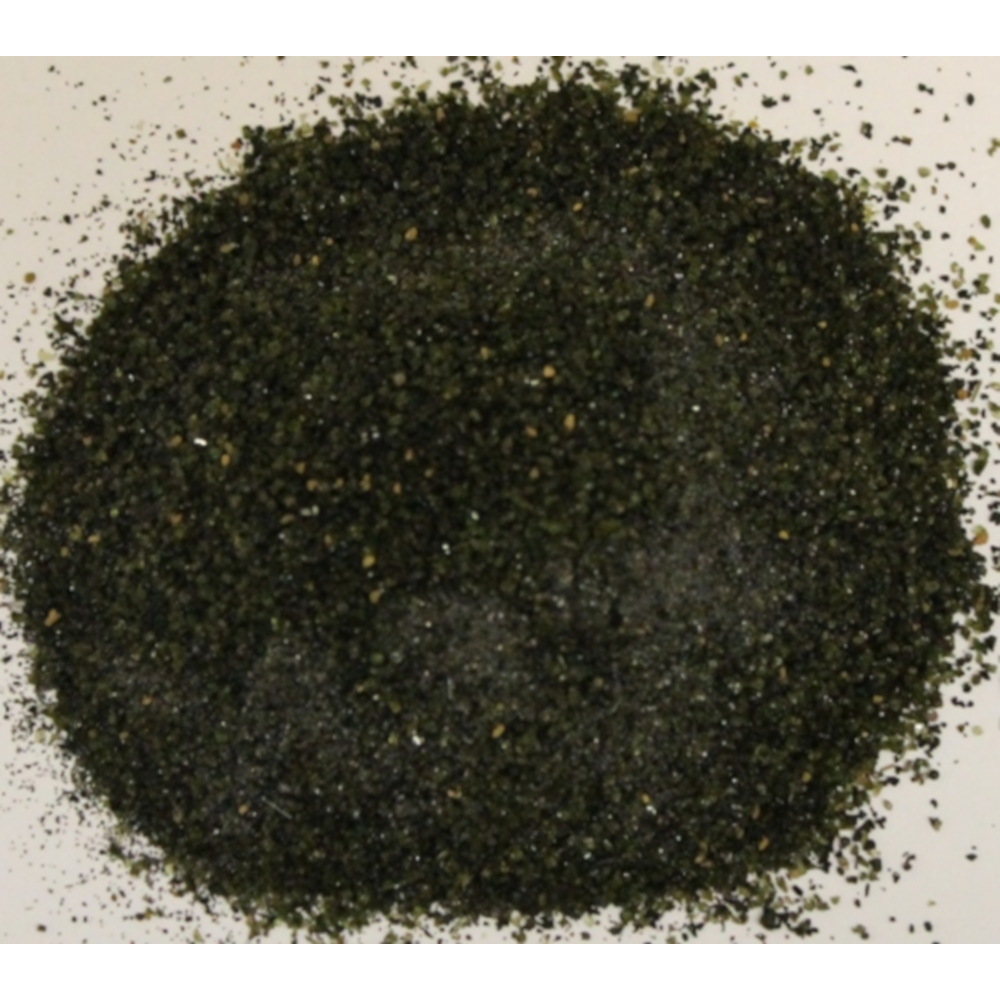Direct Material Mix Variance Formula, Example

For Kappa Co, if the only variance calculated was the favourable usage variance, then it would be assumed that the production manager had demonstrated a good performance and obtained more efficient production. When the mix and yield variances are considered, it is clear that the positive usage variance is caused by a change in the mix of inputs. It will need to be considered what impact this change of mix has had on the quality of the finished product and ultimately on sales. Again, this should be considered where information concerning this has been provided in the question. A positive value of direct material mix variance is generally favorable whereas a negative value is unfavorable. A negative value may indicate, for example, that the production process was not carried out precisely or that the quality for some ingredient material was not on par, resulting in wastage and making it hard to follow the planned mix ratio.
Interpretation of the Variance
Fortunately, consequences such as these will occur in the same period as the mix variance and are therefore more likely to be identified and the problem resolved. Having read this overview of these advanced variances please whenpreparing for your examination give some thought to what factors may have contributed to the variances shown above. When amending the mix, the production manager must take care however so as not to significantly affect the quality of the final product. Standard costing and basic variance calculations should be familiar from earlier studies. However, a gap exists between how much cooling these materials should theoretically be able to achieve and what they’ve done in real-world tests.
Corresponding author
When we talk about the materials ‘mix’ we are referring to the quantity of each material that is used to make our product – ie we are referring to our inputs. When we talk about ‘yield’, on the other hand, we are talking about how much of our product is produced – ie our output. Direct Material Mix Variance is the measure of difference between the cost of standard proportion of materials and the actual proportion of materials consumed in the production process during a period. Thus it is important to set the standard mix at the level which optimises profit taking all factors into consideration. Where,SM is the standard mix quantity of direct material,AQ is the actual quantity of material used, andSP is the standard price per unit of direct material used.
Related Articles
In an analysis question involving variances, it is important to consider who is responsible for the variances. For Kappa Co it is worth noting that the standards set are not the responsibility of the production manager. Also, as they are out of date (they were calculated five years ago), this could be contributing to the variances calculated. Faced with the urgent need to develop environmentally friendly alternatives to cementitious materials, geopolymers, made from combinations of various by-products, offer a promising solution.
How To Calculate Material Mix Variance
A company makes use of three direct materials in the production of its chemical product, the following information has been provided for you to calculate the direct materials mix variance. The materials mix variance measures the difference between the actual and standard mixture of materials. The production manager’s performance may be measured by mix and yield variances but these performance measures may fail to indicate problems with falling quality and the impact on other areas of the business. A company produces pre-cast concrete sections for the construction industry. The mix of materials used to produce the concrete can be varied and different mixes are suitable for different products.
Change in Mix

This variance separates the aggregate unit cost of each item excludingall the other variables. Here is an explanation of what you need to do to accurately provide questions testing material mix. Output (_O) is in units of measurement of output, Quantities (_Q) are in units of measurement of input, Prices (_P) are in monetary value per unit input and Costs (_C) are in monetary values. When the Material Mix Variance is favourable, it is credited to the manufacturing overhead account, which reduces the cost of goods sold.
Material Mix Variance quantifies the effect of a variation in the proportion of raw materials used in a production process over a period. We need to calculate the quantity of each raw material which would have been consumed had the total usage of raw materials (500 tons) been based on the standard mix. It may be possible for the production manager to deviate from this standard mix and use slightly different proportions of each input material. The production manager may be tempted to replace some Beta for the cheaper Gamma as this would reduce the overall production cost. Cooling accounts for about 40% of data center energy usage, or 8 terawatt-hours annually. The researchers estimate their technology could shave 13% off that cooling requirement — or 5% off overall data center energy usage — a significant savings if applied across the industry.
While substituting lower quality or cheaper input materials may in some cases lead to yield volumes that are the same as those achieved with higher quality materials, the yield may not be of the same quality. A yield variance measures the efficiency of turning the inputs into outputs. If the yield variance is adverse, it suggests that actual output is lower than the expected output.
- Total material input in a standard mix at standard prices less actual material input at standard prices.
- Beta has a large favourable variance and Alpha has a large adverse variance.
- It may not therefore be used in industries that require a high degree of precision in the input variables such as in the pharmaceuticals sector.
- Conversely, an adverse material mix variance suggests that a more costly combination of materials have been used than the standard mix.
Direct material mix variance is one of the germane variances to compute for a company using more than one type of direct material in its manufacturing process. In this case, the Material Mix Variance is positive, indicating that the company used a better mix of materials than what was budgeted or expected, resulting in a cost savings of $100. A positive Material Mix Variance indicates that the company used a better mix of materials than what was budgeted or expected, resulting in a cost savings. On the other hand, a negative Material Mix Variance indicates that the company used a worse mix of materials than what was budgeted or expected, resulting in a cost increase.
In recent years, statistical optimization methods have begun to be applied in the field of engineering. This study focuses on sustainable geopolymer mortars by incorporating industrial by-product powders, specifically blast furnace slag (SP), waste glass powder (GP), and ceramic powder (CP) as partial replacements. Compressive accounting provisions sample clauses strength, flexural strength, workability, and density were evaluated for various ternary compositions using a Mix Design Model (MDM) approach. The main results revealed a synergistic interaction between SP and CP, with a 20% replacement of CP leading to a 16% increase in compressive strength, indicating optimal performance.
